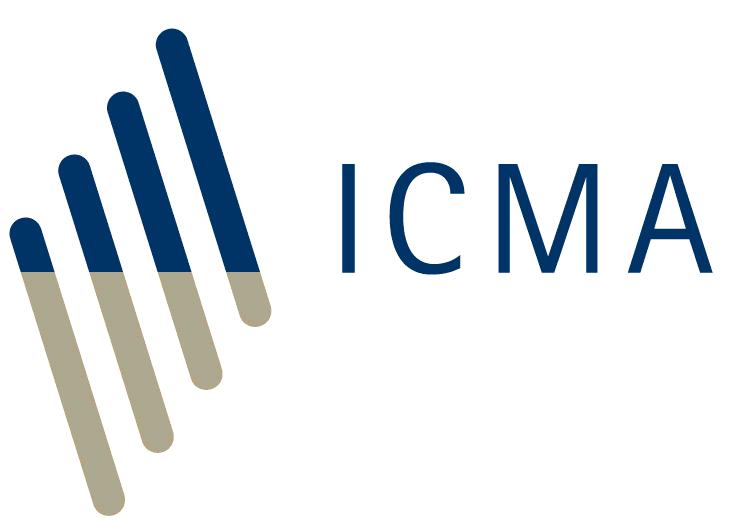The issuance and lifecycle processes for DLT bonds are expected to be different to traditional bonds. This is because:
- For DLT bonds that are native digital assets (also referred to as “bond tokens” or “security tokens”) the use of DLT or blockchain is expected to fundamentally change how the execution, clearing, safekeeping, record keeping, payments and corporate actions functions in respect of the bonds are delivered. This could have wide-ranging implications for the market participants that manage those functions in conventional systems, such as trading venues, clearing systems, depositories, custodians, agents, brokers and other intermediaries in the bond issuance and lifecycle processes.
- For tokenised bonds (also referred to as “non-native security tokens”), the use of DLT or blockchain to record the transfer of bonds can make existing processes more efficient by eliminating paperwork depending on the local law requirements, and facilitating more direct communication between issuers and investors.
In general terms, DLT or blockchain-based systems are expected to replace incumbent systems with ‘on-chain’ solutions, delivering efficiency improvements and cost savings, and potentially enhancing compliance with financial crime and data protection regulations. Atomic settlement or shortened settlement cycles (as outlined in Q&A 10) could eliminate trade fails associated to incorrect settlement instructions, increase transparency to ensure available inventory, enable real-time netting for positions held on the DLT or blockchain network, and reduce or eliminate counterparty risk.
Back to Frequently Asked Questions on DLT and blockchain in bond markets
<<< Previous page Next page >>>







